Transformers
E-Learning Provocateur
AUGUST 31, 2020
Beyond our misgivings with technology, moreover, the virus has also shone a light on our pedagogy. So-called “bite sized” pieces of content have the dual benefit of not only being easier to process from a cognitive load perspective, but also more responsive to the busy working week. Good things come in small packages.

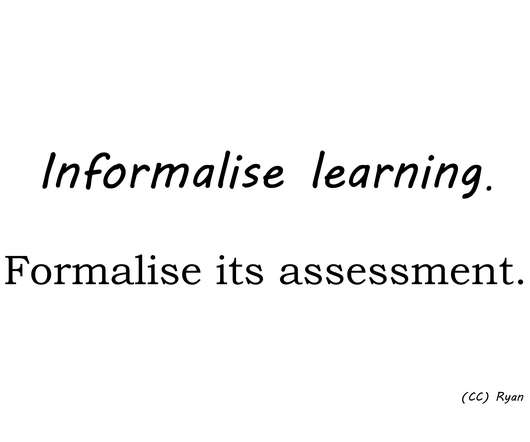






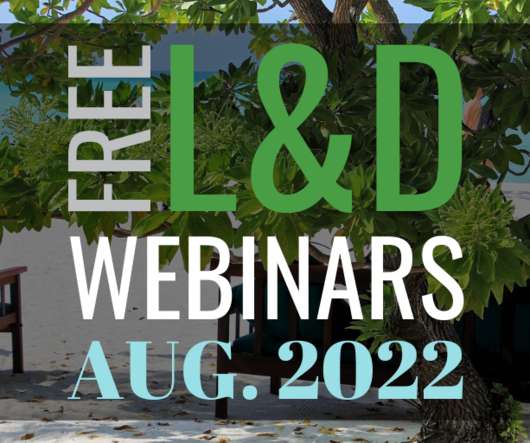

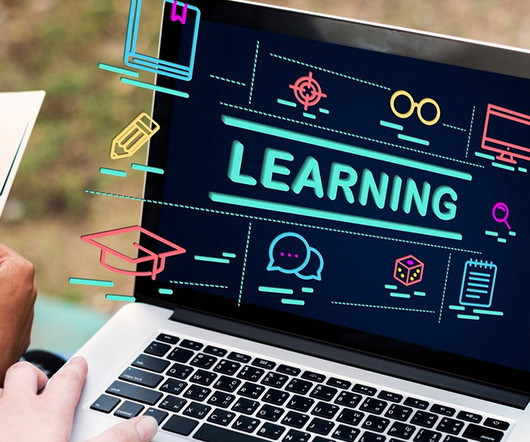





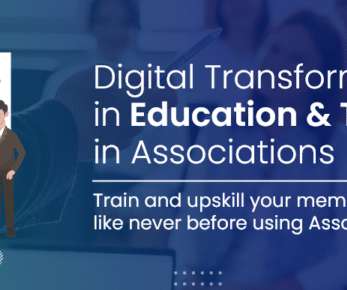
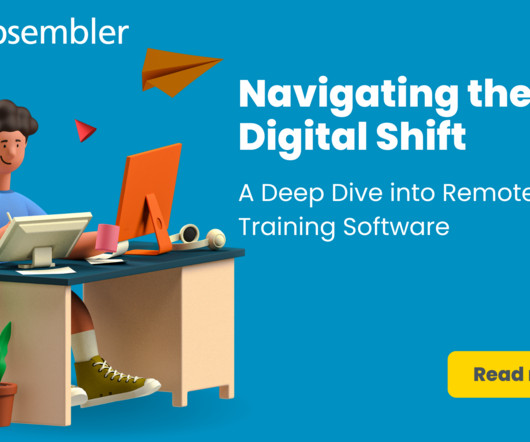










Let's personalize your content